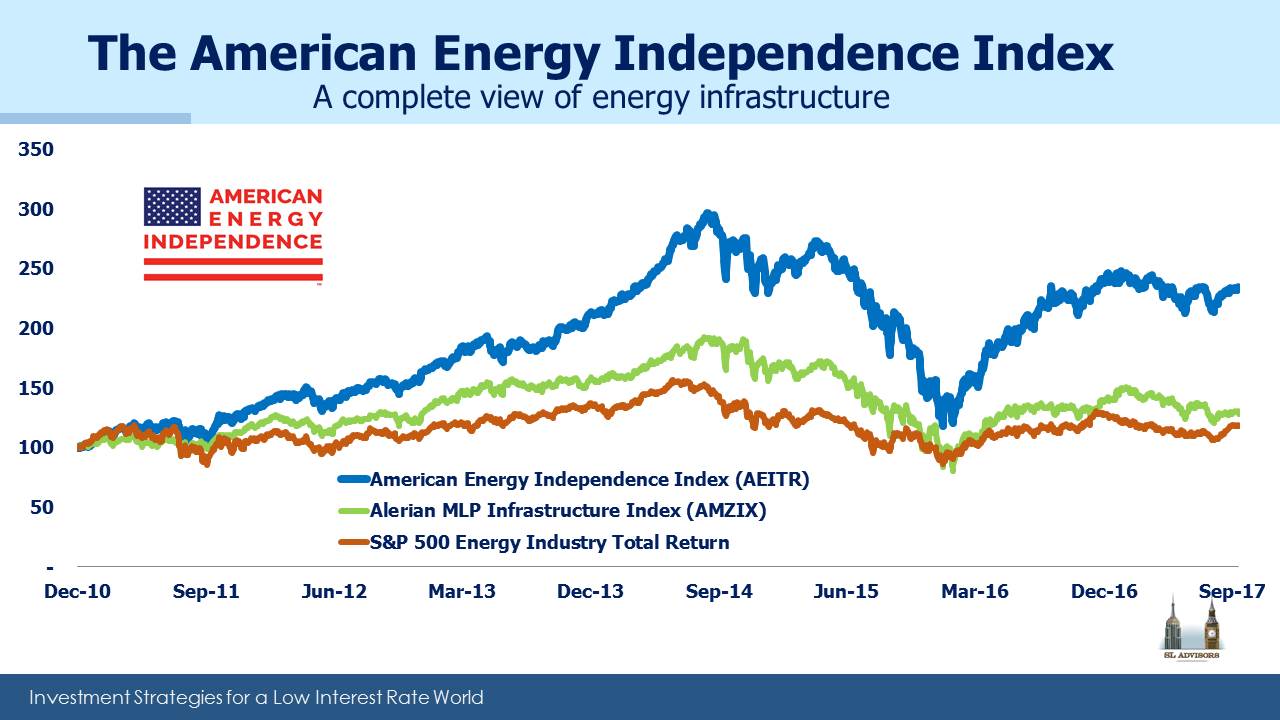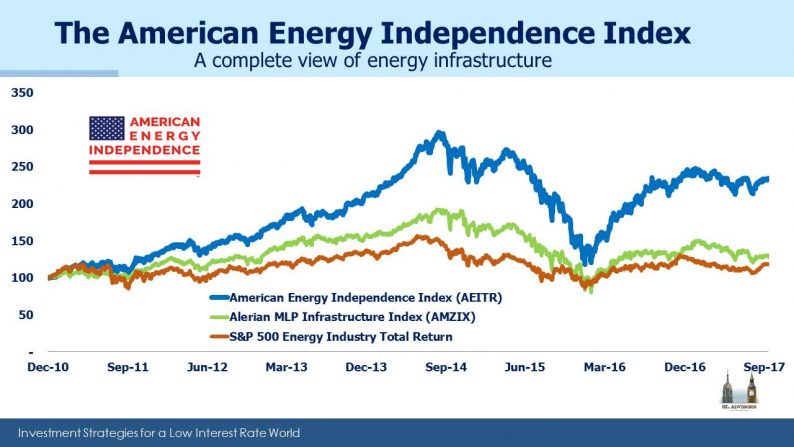The U.S. energy sector has undergone dramatic changes over the past five years. Hydraulic fracturing (“fracking”) and horizontal drilling have roiled global energy markets. America has shifted from planning to import Liquefied Natural Gas (LNG) to exporting it, with LNG exports expected to more than quadruple over the next three years. Cheap domestic methane has made natural gas the biggest single source of electricity in the U.S., in the process supplanting coal and unexpectedly helping reduce CO2 emissions. Increasing production of Natural Gas Liquids (NGLs) such as ethane are behind close to $200BN of investments in new petrochemical facilities. Propane exports are up five-fold in five years.
In late 2016 OPEC was forced to abandon its strategy of trying to bankrupt U.S. shale oil producers with low prices, because production fell less than needed and many OPEC countries faced gaping budget holes with little to show for it (see OPEC Blinks). Almost 40% of the world’s oil producing nations had tried and failed to kill off the Shale Revolution. American free enterprise triumphed.

The dramatic increase in hydrocarbon production represents one of the greatest examples in recent years of the power of American private sector capitalism. Technological ingenuity and constantly improving productivity allowed costs of production to keep falling. The world’s biggest capital markets provided funding to support a culture of entrepreneurialism and new business formation. Highly developed energy infrastructure networks and a skilled energy labor force were already in place, and other natural resources such as water were conveniently available. Lastly, privately owned mineral rights, a global rarity, allowed individual landowners to profit from the Shale Revolution by signing drilling leases with energy companies. In short, the Shale Revolution leveraged all that’s great about America’s form of capitalism (see America Is Great!).













Leave A Comment